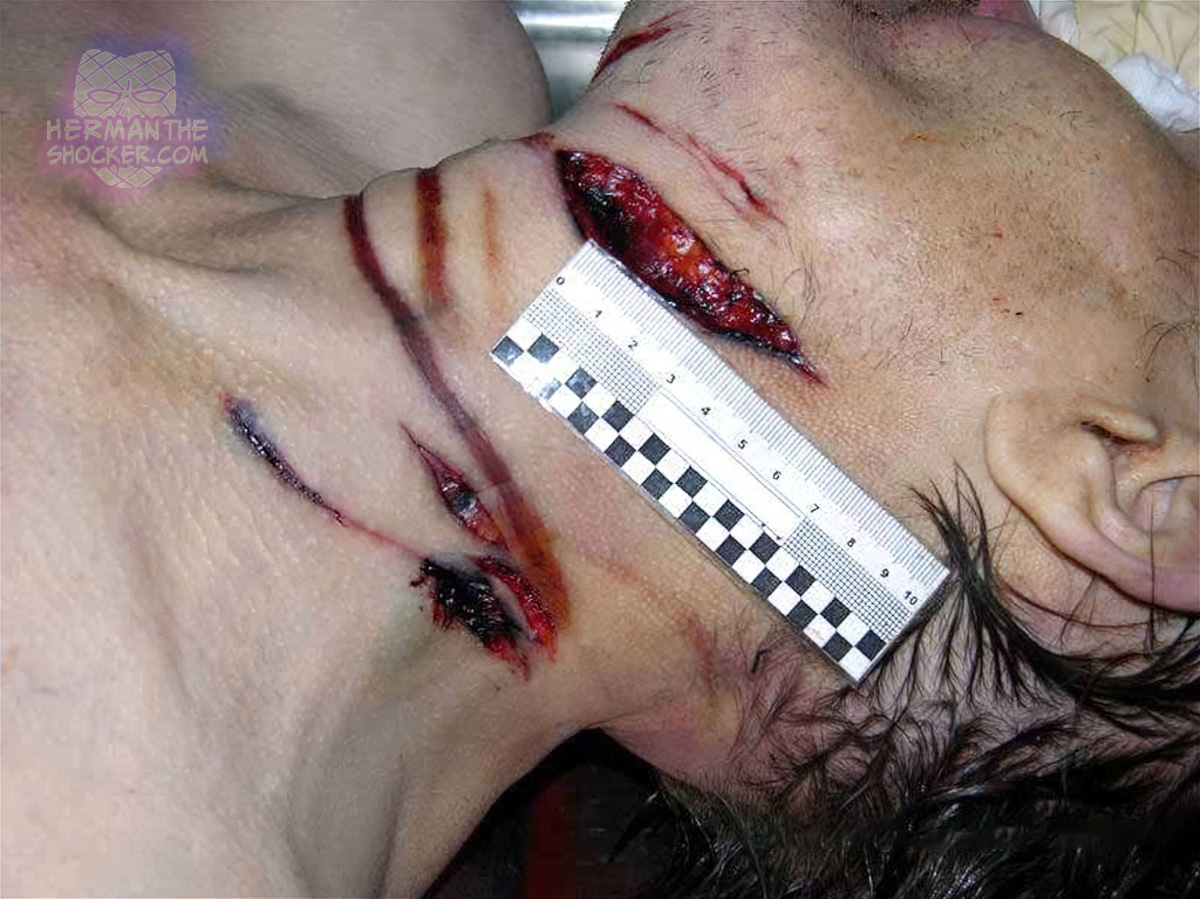This man has cut throat and abrasions on his neck. No further info. Cut throat is not the commonly preferred method for committing suicide. Homicidal cut throat injuries are more commonly found in others studies. The most important task for forensic expert is to distinguish between suicidal and homicidal cut throat injuries. Therefore in crime scene investigation, the deceased’s medical history as well as all autopsy and toxicological findings must be considered with a skeptical approach before being able to establish the manner of death.
Latest posts

Decomposition, or putrefaction, is a combination of two processes: autolysis and bacterial action. Autolysis is the breakdown of…







